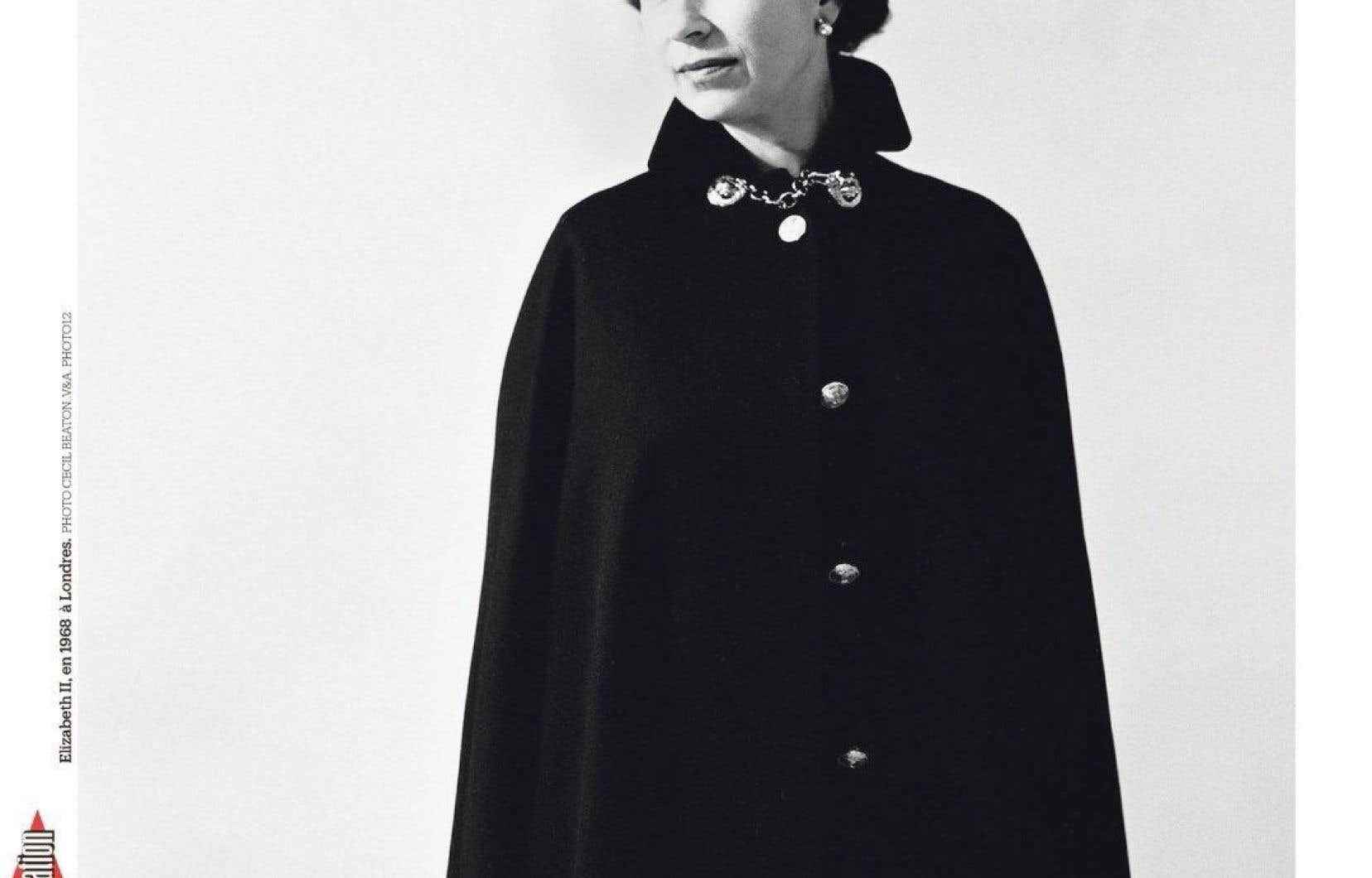This is called a global media eclipse. The death of Queen Elizabeth II has captured media attention around the world since Thursday. Between special broadcasts, live coverage, exclusive archive images and incessant mobile alerts, it is difficult to ignore the departure of the sovereign, which risks making headlines for several more days.
” Our hearts are broken “, headlined the front page of the British daily DailyMail Friday. ” We loved you Ma’am “, greeted the tabloid The Sun“ Thank you “wrote meanwhile the DailyMirror.
Unsurprisingly, British newspapers devoted their front pages entirely to the Queen on Friday, the day after she died at Balmoral Castle, Scotland, aged 96. A gesture imitated by most of the major newspapers in the world, from France to Italy via Brazil, Israel and, of course, the Commonwealth countries.
Confirming the adage ‘a picture is worth a thousand words’, many of them didn’t even bother to come up with a catchy title and instead highlighted the Queen’s portrait, with the mere mention of the Queen. year of his birth and that of his death.
Half a dozen of the UK’s leading dailies — including The Times, The Guardian Where The Independent — thus went back in time by selecting a photo signed Cecil Beaton, showing the young Elizabeth II during her coronation in 1953. The French daily Release and the American magazine Time chose a photo from 1968, also by Cecile Beaton, this time representing the queen in all simplicity in a long black coat. We also find on several occasions — notably in one of the To have to — a photo taken by Toby Melville in 2007 showing the queen from behind, white hair, crown on her head.
“Humility and sobriety are really the watchwords. We use short titles, polished photos, which clearly pay homage to the queen. We feel the deep attachment to the Crown, especially on the English-speaking side,” notes UQAM journalism professor Patrick White.
An “unprecedented” scale
Instantaneity obliges, it was Thursday that the ball of tributes was really launched, live on television, on the radio and on digital platforms. The minute Buckingham Palace’s statement made the sad news official, media around the world halted their usual programming and assignments for the day and sent reporters to London, where the funeral, among other things, will take place.
This is particularly the case of the public broadcaster Radio-Canada, whose policies provide for such a changeover in the event of the disappearance of “eminent personalities”, including that of the Queen. “All Radio-Canada platforms are being used to testify to the impact of the death of Queen Elizabeth II on the British and the protocol events that result from it over the next 10 days,” said its spokesperson, Marc Pichette.
Humility and sobriety are really the watchwords. We use short titles, polished photos, which clearly pay homage to the queen. We feel the deep attachment to the Crown, especially on the English side.
But it’s not just the business of the public broadcaster, says Patrick White. “This news, everyone wants to cover it. Within minutes, all the media here focused their attention on the queen’s death. We put aside the rest: the elections in Quebec, the leadership race of the Conservative Party of Canada, the COVID-19… It is a global media eclipse of unprecedented magnitude. »
News glut
In fact, on Thursday alone, the nine main French-language media in Canada published 130 articles about Queen Elizabeth II on their websites. This number excludes duplicates, ie the same article published several times in different media. It must be said that the event had been anticipated for years; this explains that The Pressfor example, managed to publish not one, not two, but eight articles simultaneously, some 15 minutes after the announcement of the death of the sovereign.
However, it is not the digital medium that leads the way in the total quantity of articles published on Thursday. From morning to dusk, The Journal of Montreal and The Journal of Quebec take the prize with respectively 34 and 32 publications on the Web.
When his death was announced, news reports traced the defining moments of his life and analyzed his legacy. This was followed by tributes from here and elsewhere, from the political and cultural class, and explanations of the transition to the reign of Charles III.
Although some find the journalistic coverage of the event exaggerated, it is not, however, a simple media fad. The number of searches related to the Queen’s death made by Quebec Internet users on Google is disproportionate to those made on the most covered topics in the last week, such as the Quebec elections, the war in Ukraine and the pandemic. of COVID-19.
The online encyclopedia Wikipedia also posted a tweet claiming that the Wikipedia page about Elizabeth II was viewed 19.9 million times, the highest number of views on a single topic in a day.
Critics
On social networks, many were quick to express their exasperation at this media eclipse, feeling little concerned by the death of Her Majesty. Others have strongly criticized the fact that his reign is described as a long calm river, and that the British colonial influence and the multiple controversies that have shaken the royal family in recent decades are ignored.
“As every time an important personality dies, the first reports are often limited to making positive assessments, telling his story and extolling his virtues. It will take a few days before criticism and questioning take more space in our media, ”believes Professor White. He also argues that the Quebec media have been particularly quick to wonder what will happen to the role of the monarchy in the country.
